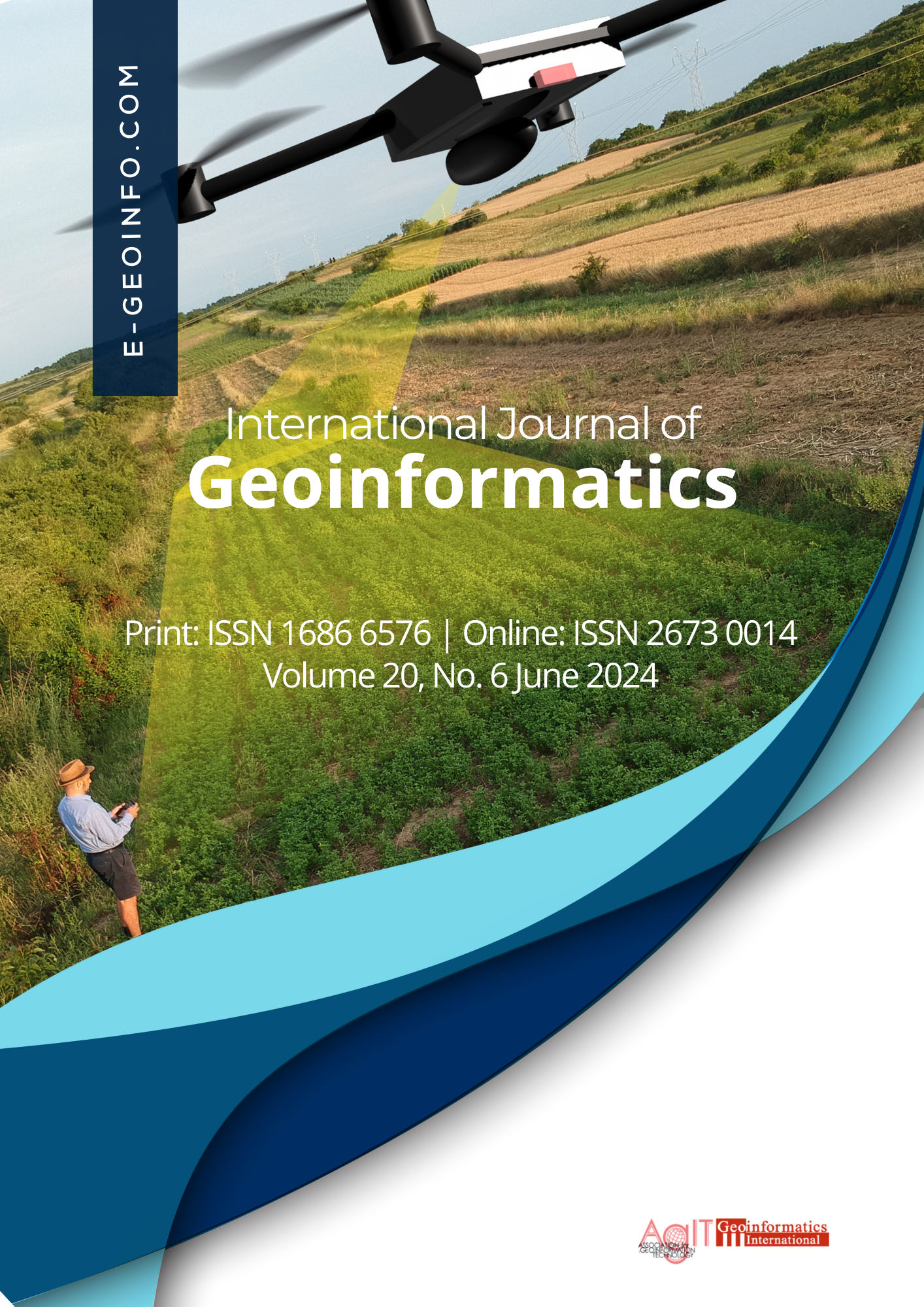Evaluating Spatiotemporal Dynamics: A Comparative Study of Predictive Efficacy in Land Use Land Cover Change Models-Markov Chain, CA-ANN, and PLUS
Main Article Content
Abstract
The present investigation examines the modelling and prediction of Land Use and Land Cover (LULC) changes in Thailand's Samut Songkhram province using three LULC prediction models: Markov Chain (LCM), Cellular Automata with Artificial Neural Network (CA-ANN), and Patch-Generating Land Use Simulation (PLUS) and using Sentinel-2 data and the proposed technique. By comparing models, this study identifies land conversion patterns effectively in each land use character. This study is a helpful strategy for acquiring land use information quickly. The proposed approach is practical in two significant aspects: first, it accurately identifies land use variations, and second, it simulates future land use change distributions. The analysis demonstrates that land use patterns have changed in a balanced manner between 2019 and 2021. The results reveal that patterns' quality in types of artificial surfaces and water bodies are efficient classifications, with more than 80% with LCM and CA-ANN. Furthermore, researchers performed a comparative analysis of the proposed approaches against well-known models such as Markov Chain, CA-ANN, and PLUS in the research area for 2023. The comparison disclosed that the proposed approaches are predictable, and LULC change identification in the dynamics area is more realistic, especially when using initial variable inputs. Classified LULC for 2023 confirmed the recent trends, with increased artificial surfaces, tree-covered regions, water bodies, and other land covers, while herbaceous crops, woody crops, mangroves, and salt fields decreased. Even though the study focuses primarily on short-term LULC changes, it highlights the significance of expanding the analysis to include long-term forecasts for a more straightforward overview. These long-term predictions provide essential information for policymakers and planners, assisting them in developing long-term management strategies to navigate the study area's transfer environment.
Article Details

This work is licensed under a Creative Commons Attribution 4.0 International License.
Reusers are allowed to copy, distribute, and display or perform the material in public. Adaptations may be made and distributed.

